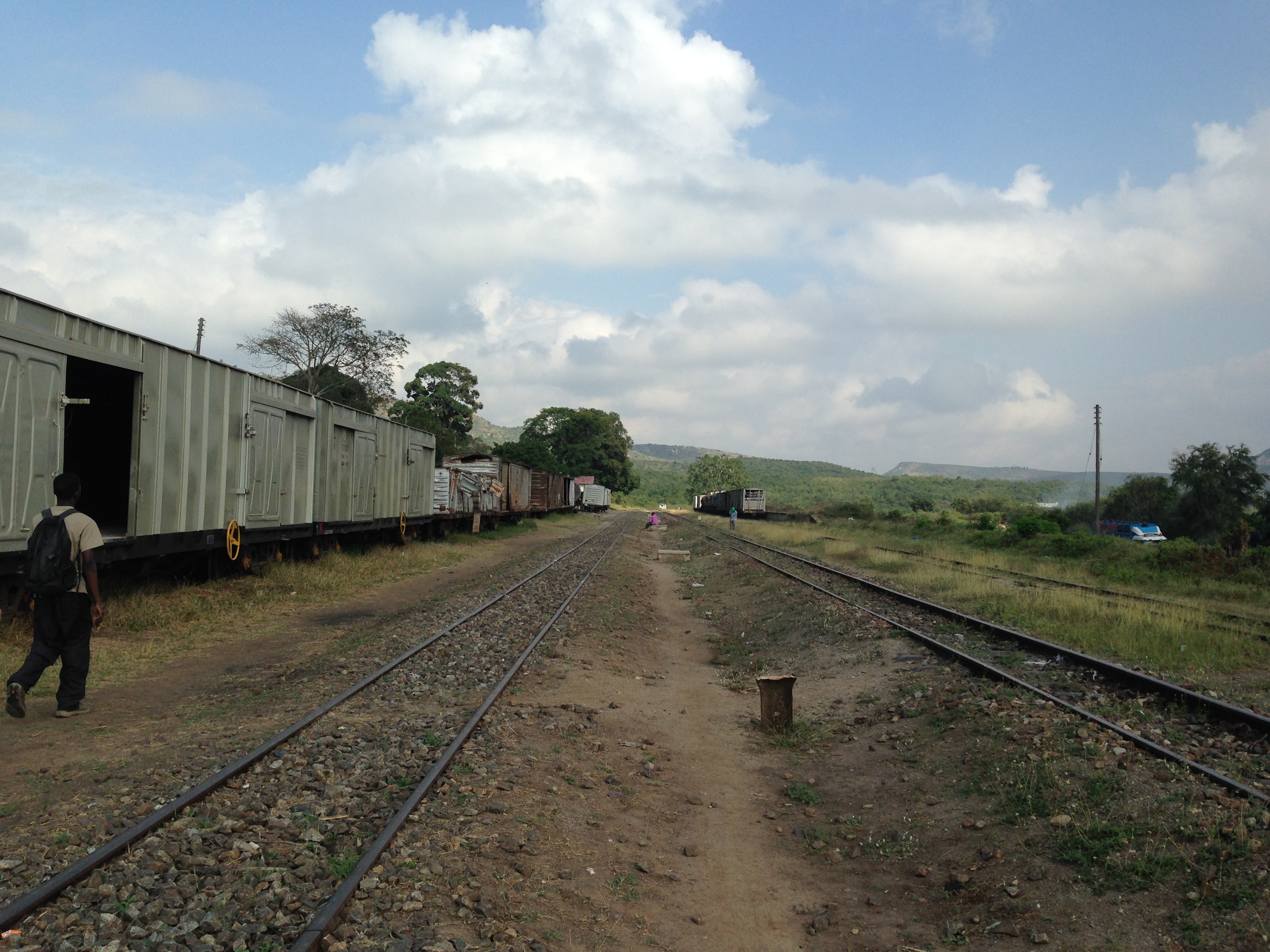Monat: September 2015
-

My Experience With IEASTE Tanzania
Note: this text is just my personal opinion, it’s about the experiences I made during my IAESTE internship in Tanzania. Other interns possibly disagree with me because they have made a completely different experience. The post is written in English because it should be informal for students from all around the world who are interested in going to […]
-

Fun Things to do in Dar Es Salaam
Kipepeo Beach Für Badenixen und Beachboys ist Kipepeo sicher der ideale Ort um einen relaxten Sonntag Nachmittag zu verbringen. Vom Zentrum nimmt man die Fähre in den Stadtteil Kigamboni und von dort bringt einen ein Bajaj (=dreirädriges Taxi) innerhalb von 15 Minuten zum Strand. Coco Beach Coco Beach ist zwar kein besonders guter Strand zum Baden, dafür lädt er […]
-
Dar Es Salaam – Restauranttipps
Da wir schnell genug vom afrikanischen Streetfood (Reis, Pommes, frittierten Bananen und co) sowie dem nicht vorhandenen Besteck hatten, haben wir uns selbstverständlich durch sämtliche Restaurants in Dar getestet. Hier meine Top 4. 305 Karafuu Mein absoluter Favorit ist mit Abstand das 305: angenehme Atmosphäre dank stilvollem Interieur und Jazzmusik im Hintergrund, köstliches Essen, toller […]